I used to be a yixing skeptic. I remember buying my first pot, mostly for fun, back when I was still in college. I had no idea what I was doing then, and like many of us, paid some tuition along the way. My first pot came from Tenren, of all places, and was far too large for anything decent. Eventually, I forgot about some wet leaves in it one time (green tieguanyin) and the pot is now no more.
I remember that for the longest time I was a gaiwan user — I didn’t use pots because I thought they messed up the taste of the teas. I want the pure, unadulterated taste of the tea itself, not whatever the pot is doing to it, so gaiwan it was. There was also a practical aspect of it, since I was traveling a lot and carrying anything more than a gaiwan is absolutely insane. So, for the longest time, there were very few pots in the picture.
Over time, however, I have come to appreciate them and have used them more and more. Teas do taste different whether brewed with pots or gaiwans, and different pots do indeed do different things to the same tea. I remember when I visited N in Paris, he remarked how his teas taste different — all because I was using a gaiwan instead of his usual pot for the tea. I now rationalize my use of pots for testing new teas as this: if I normally use this pot for drinking this kind of tea, then I should use this pot to test it. If it tastes terrible with my pot, then I am highly unlikely to enjoy the tea in the long run.
Recently though I have added gaiwan back into the mix of teaware I use with some regularity. For example, I recently tried to drink a tea that I have a few cakes of. It’s a Yiwu from about five or six years ago. In the gaiwan, the tea was sour — enough so that it’s bothersome. In my usual pot for it, the tea is not sour, and displays the characteristic “Yiwu” taste much more clearly. Otherwise, they are similar in profile, but somehow, the tea is improved in the pot.
I’m still not quite sure how this is even possible. I don’t really buy the theory that pots season significantly enough so that it affects the tea in question. They do seem to soften the harsh flavours in a tea, for better or worse, and make the tea more enjoyable. There are tangible benefits to using pots.
Then there are the more question benefits – for example, do older pots do better? How much does clay quality actually matter? Does a pot with bad clay do more or less the same thing as a pot with good clay? How about clays from different places — tokoname, for example, rather than yixing, or shantou pots? Thickness of the pot? Pot collectors are, by and large, not really serious tea drinkers. Like any type of collecting activity, they value the rare, the unusual, the famous, rather than the practical. The best pots for brewing tea is often not the best pots for collecting (just witness the huge 400cc pots that these collectors love to buy). I don’t know anyone who has actually tried to do this sort of study in any serious way. It will be interesting to find out how these various factors play into the taste of the tea. I have some ideas, but then, my ideas could very well be wrong.

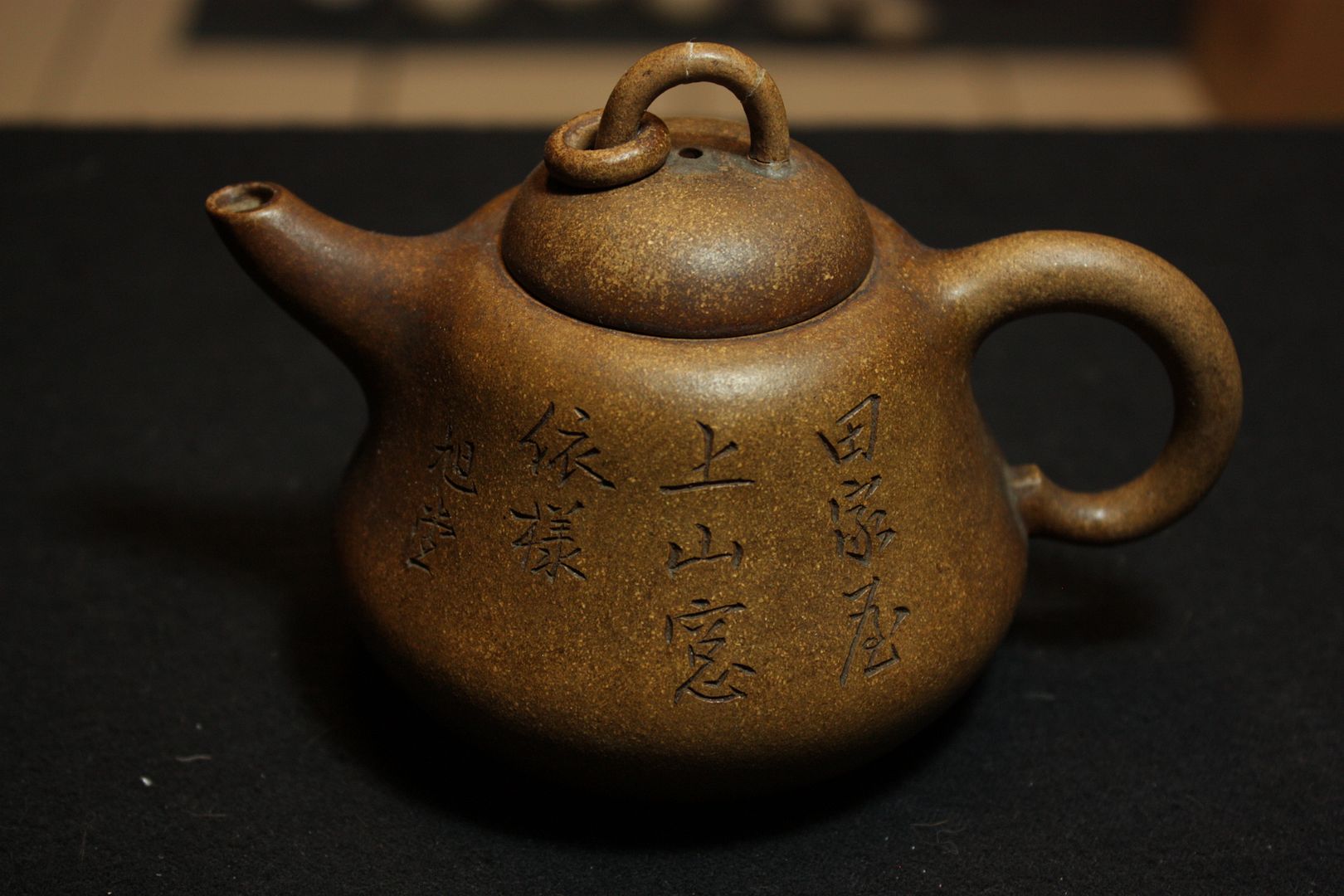
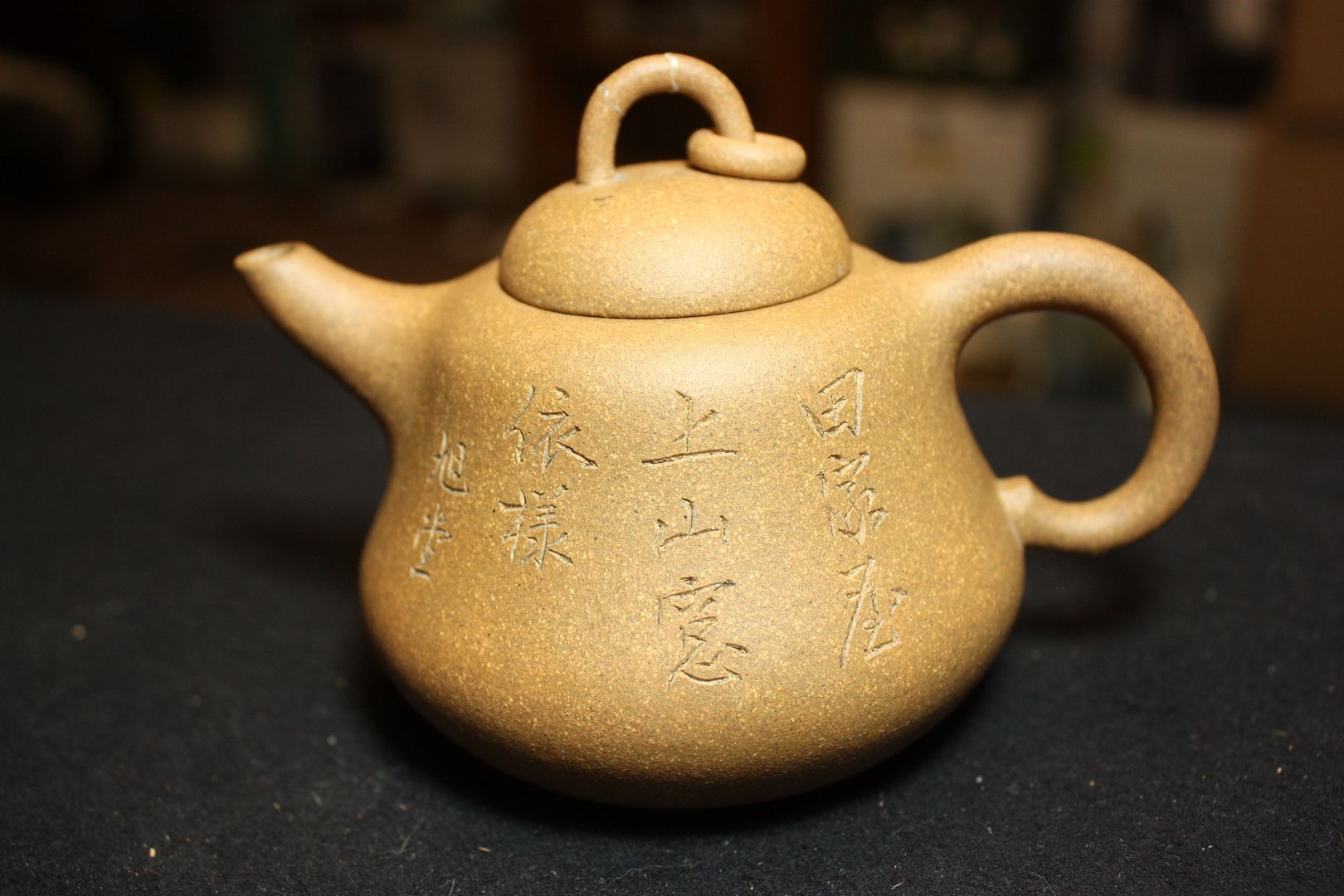
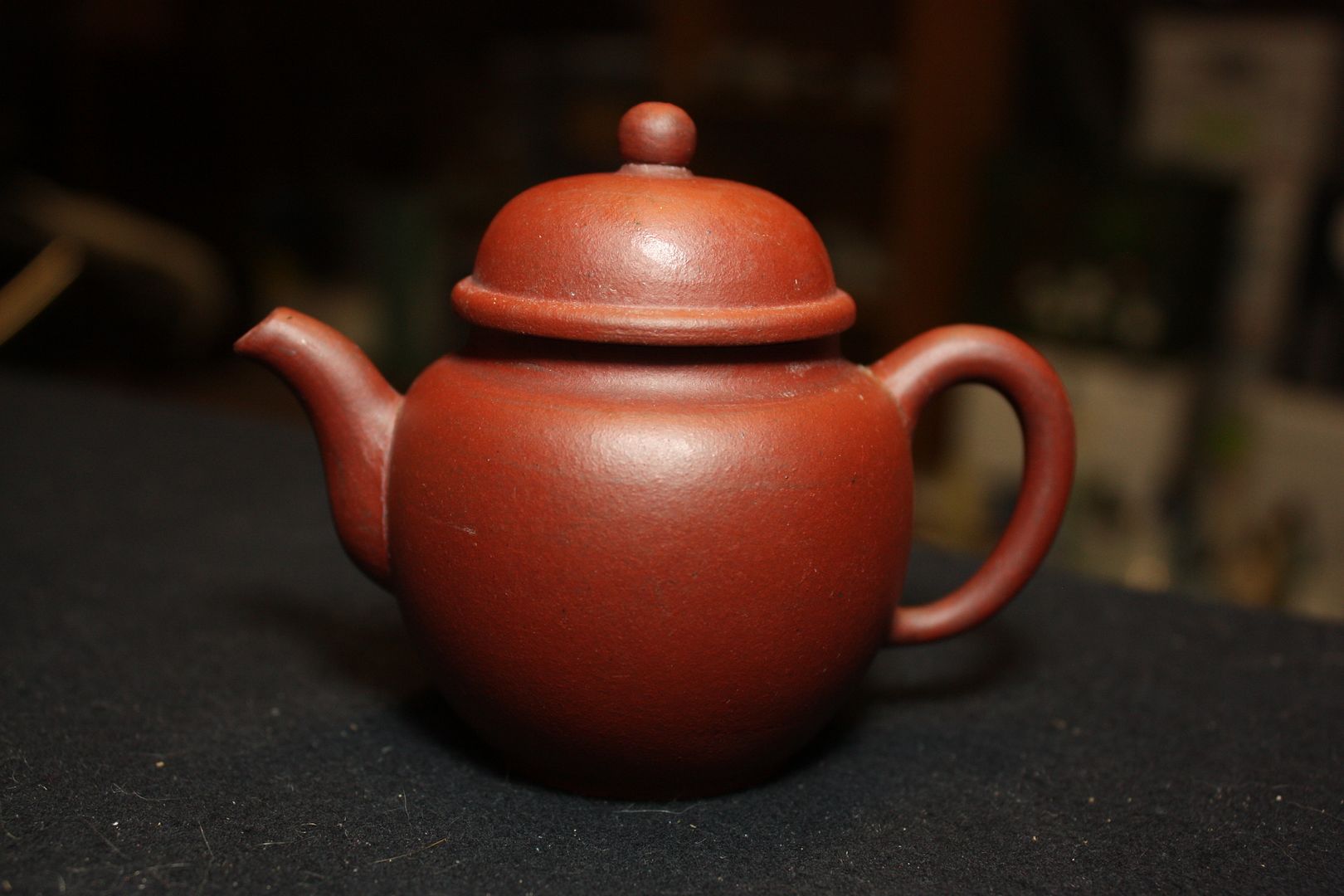
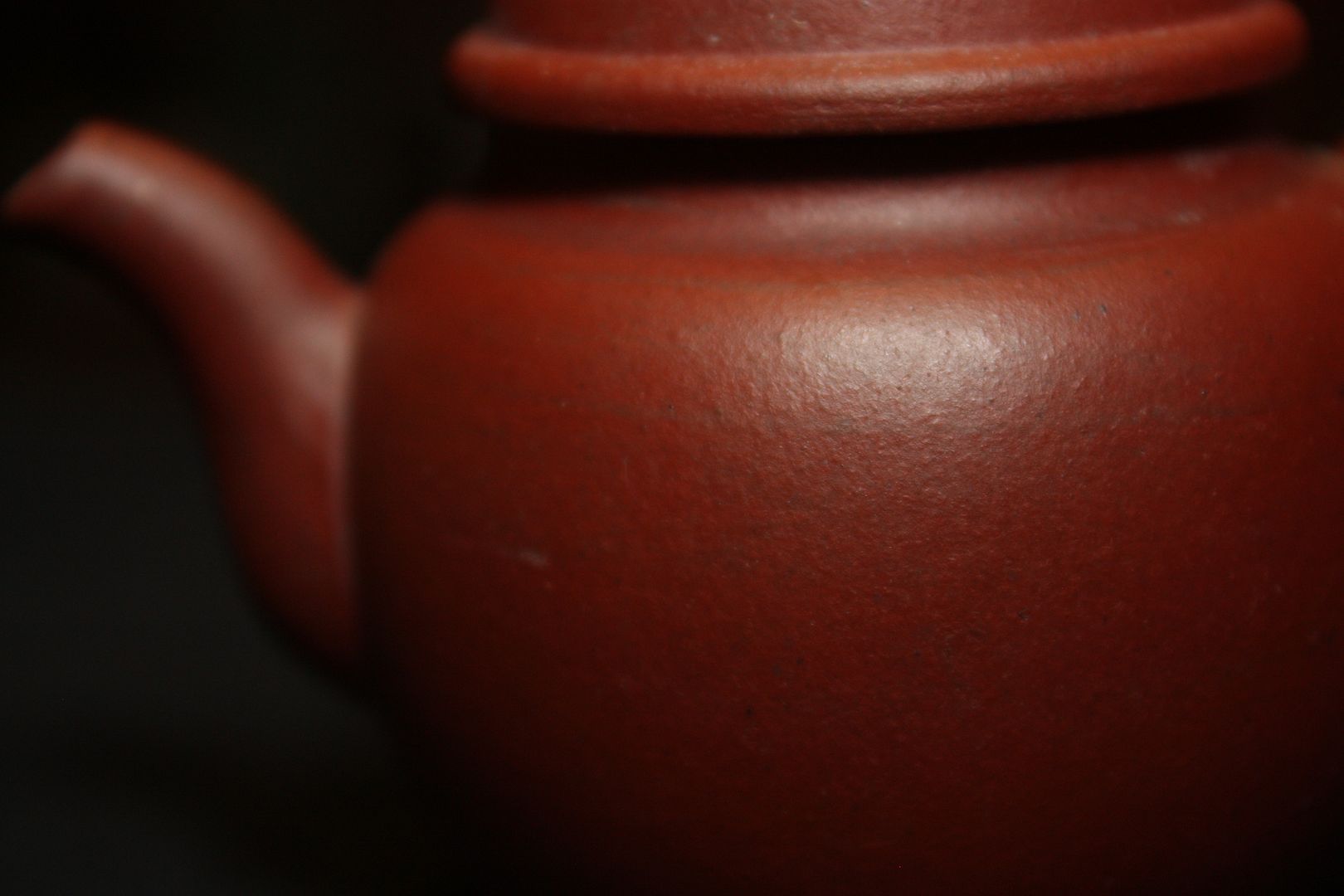
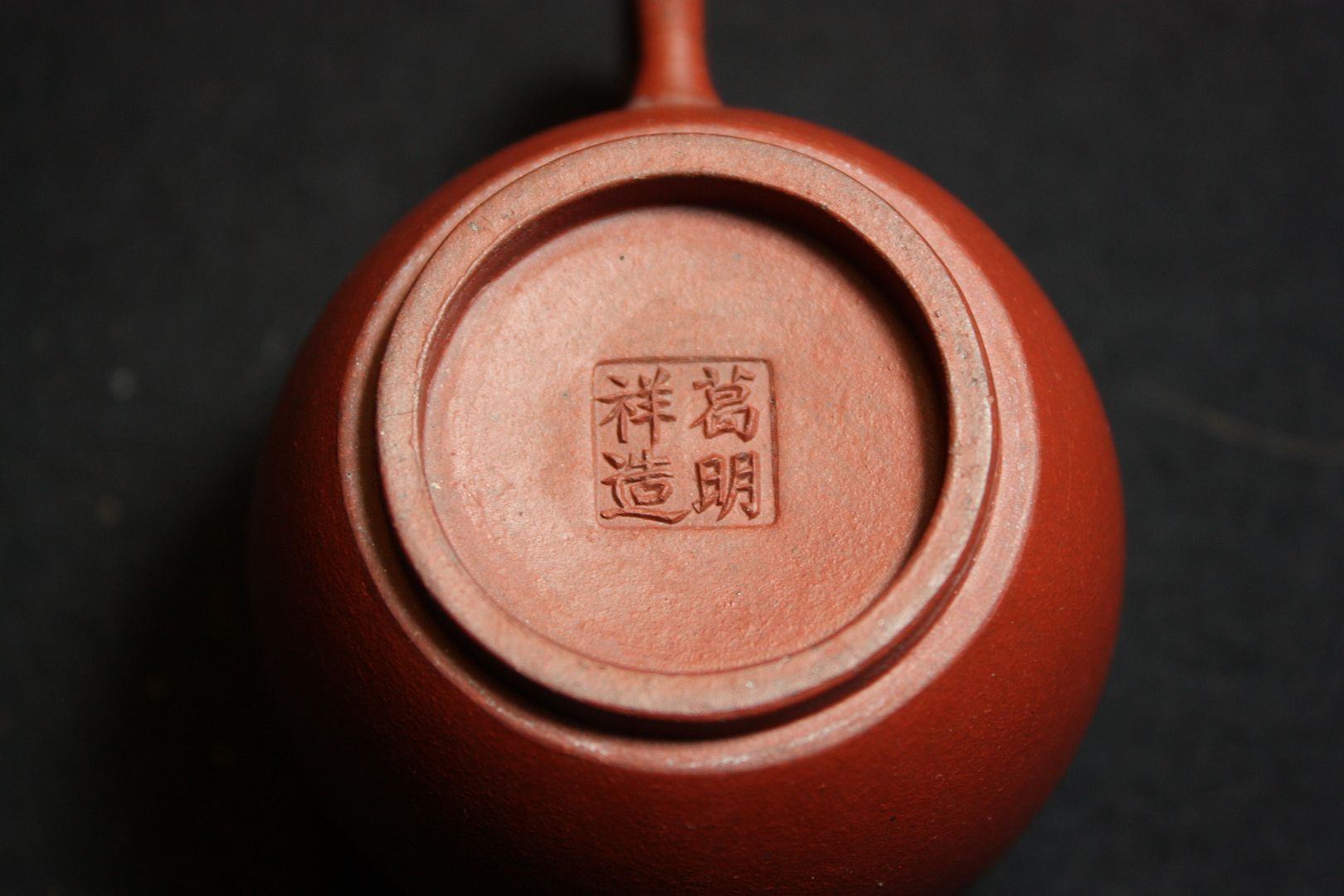
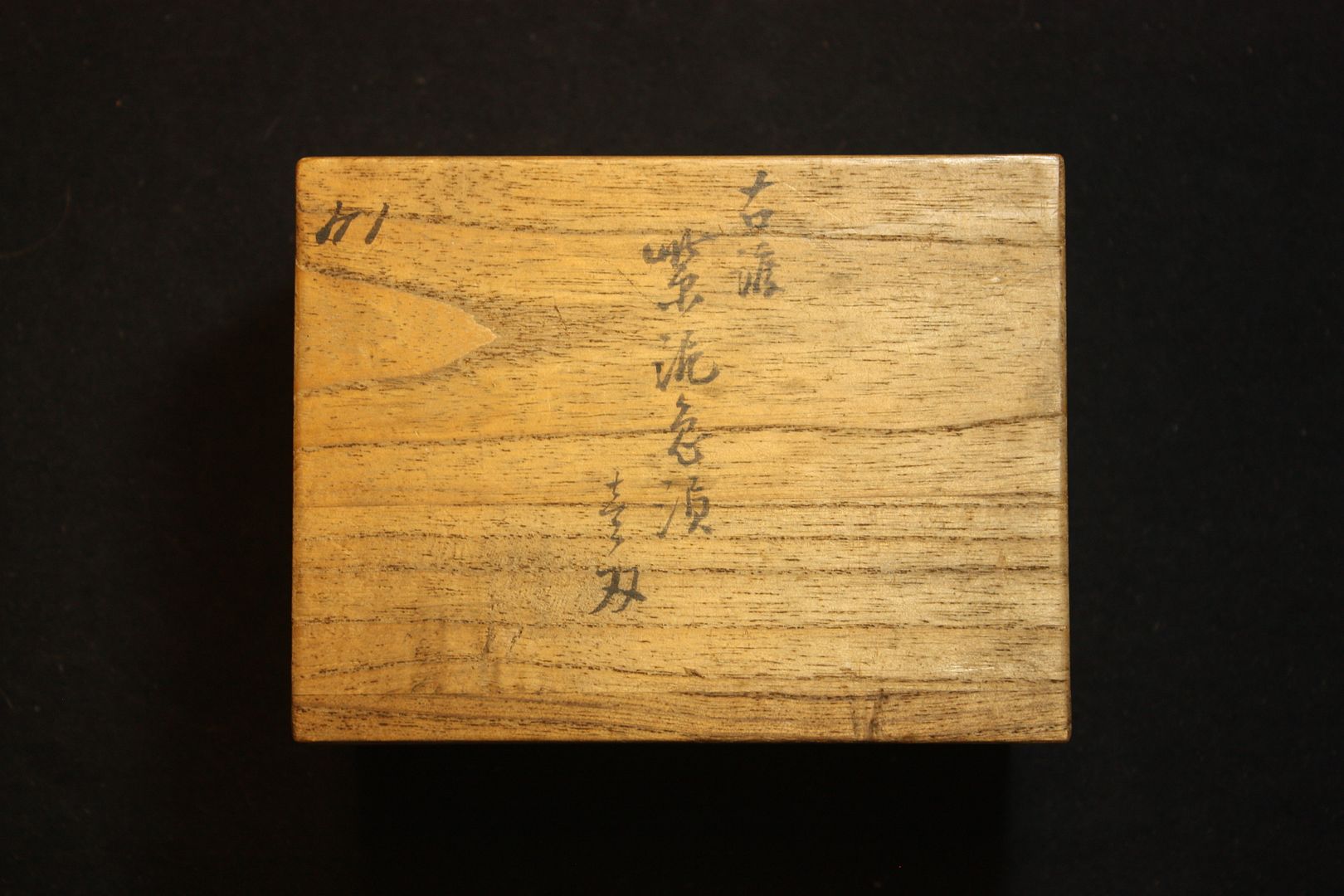
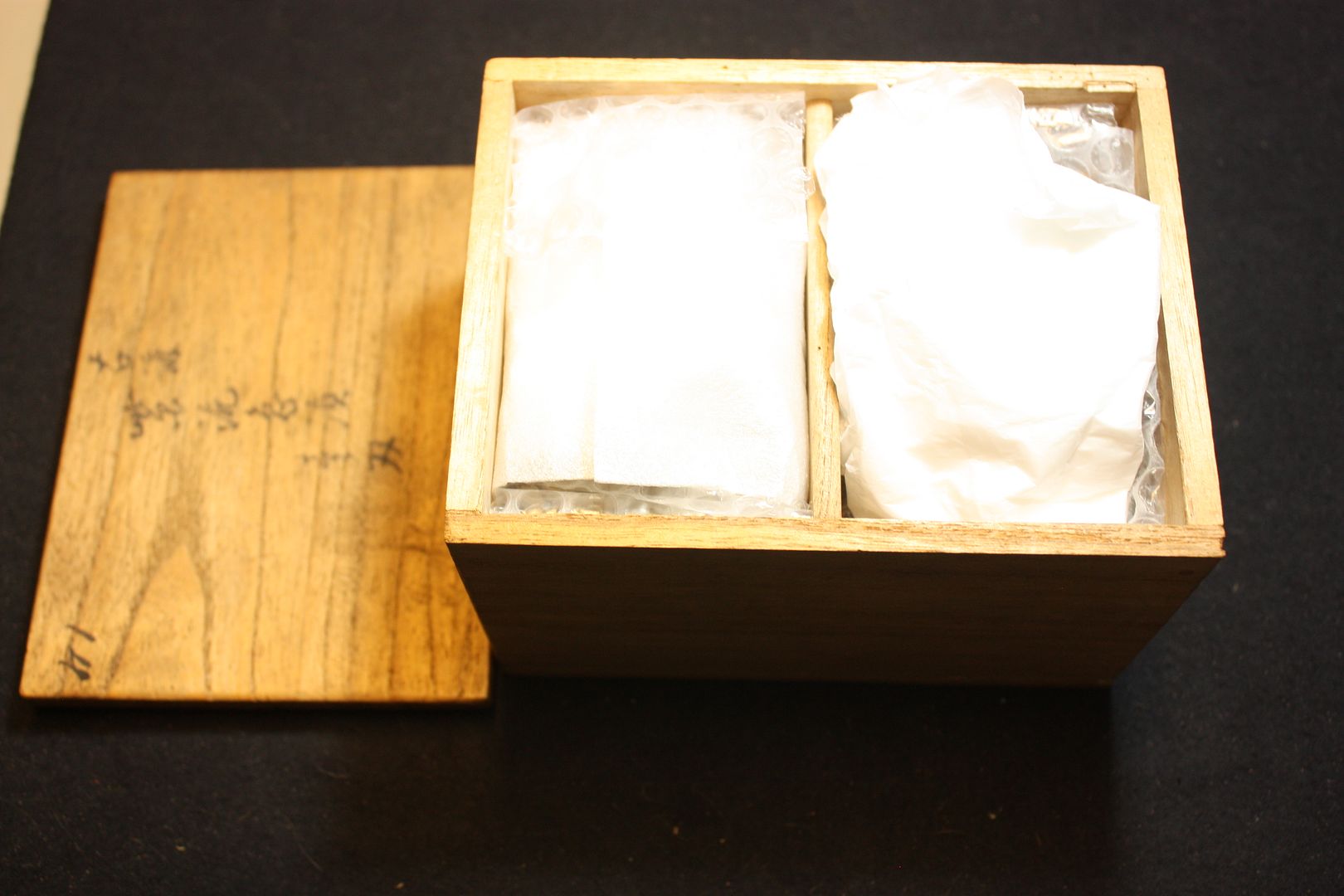
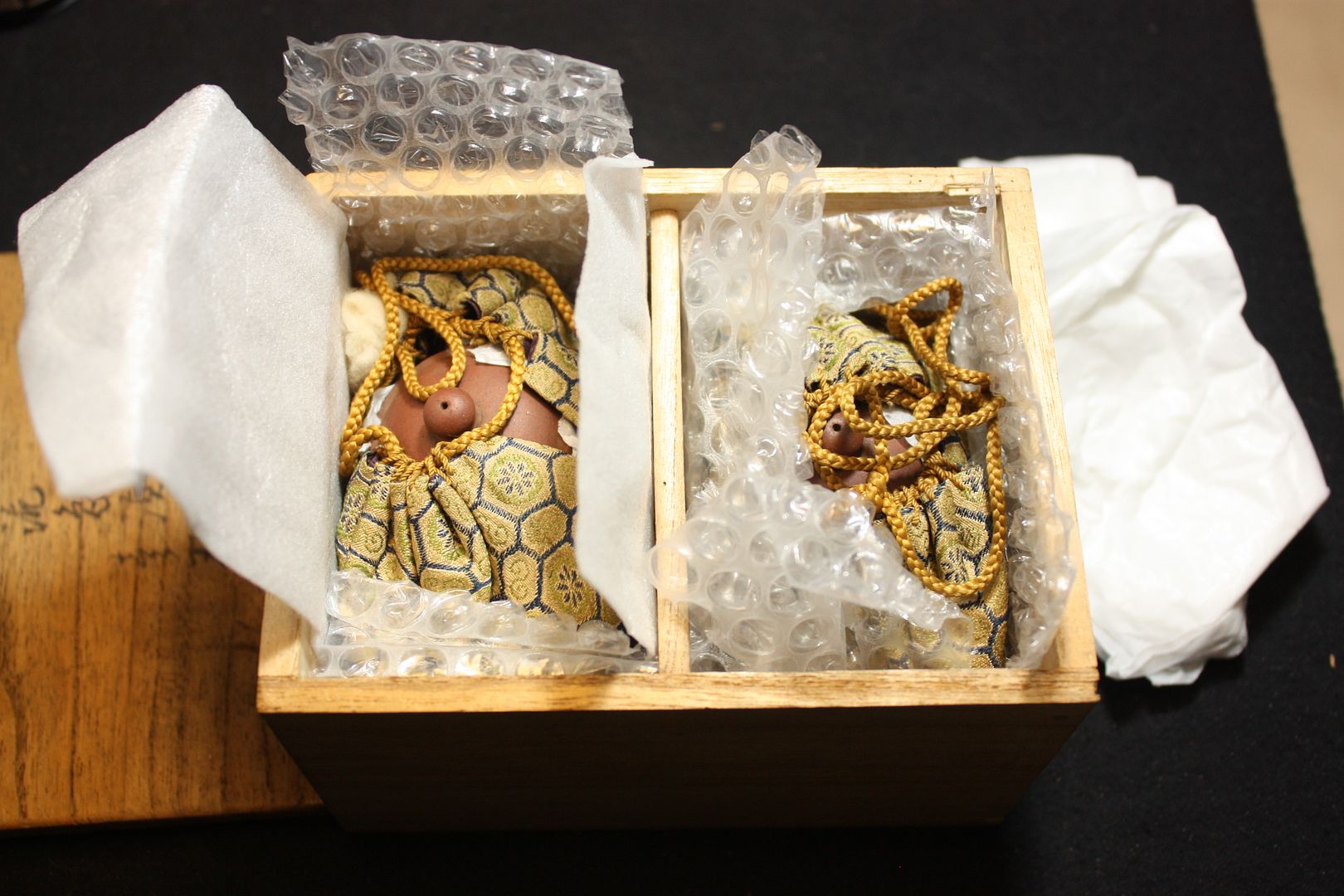
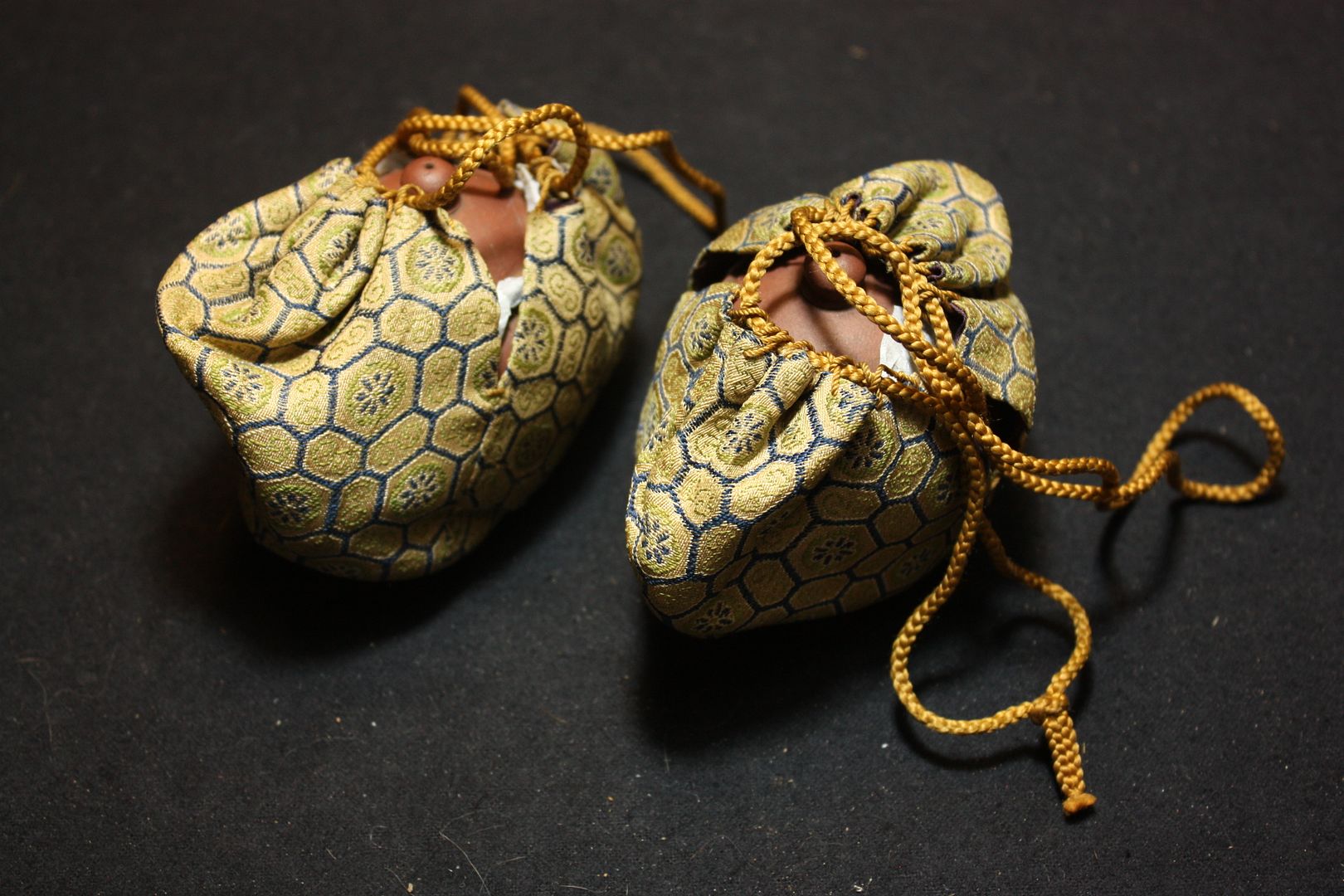
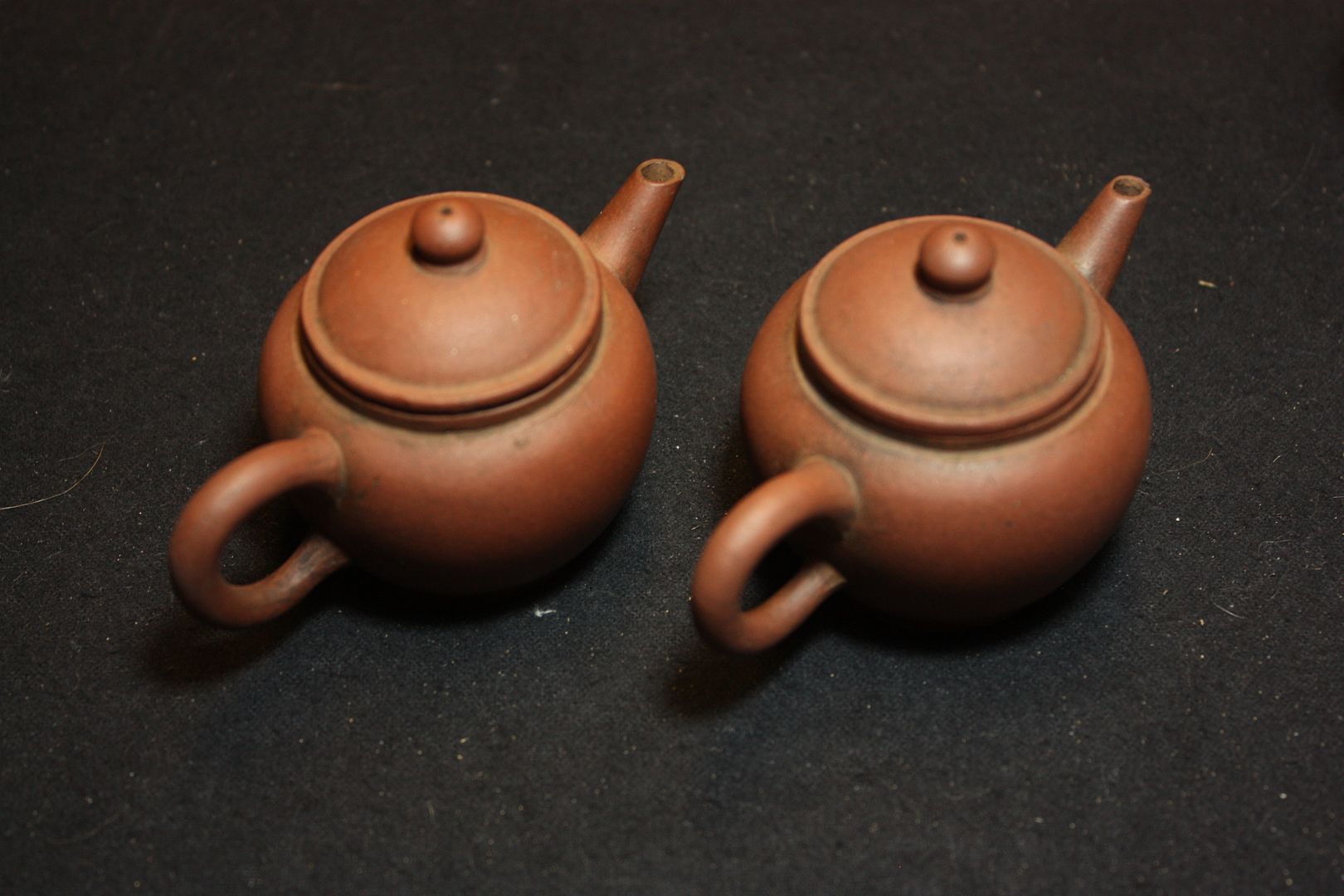
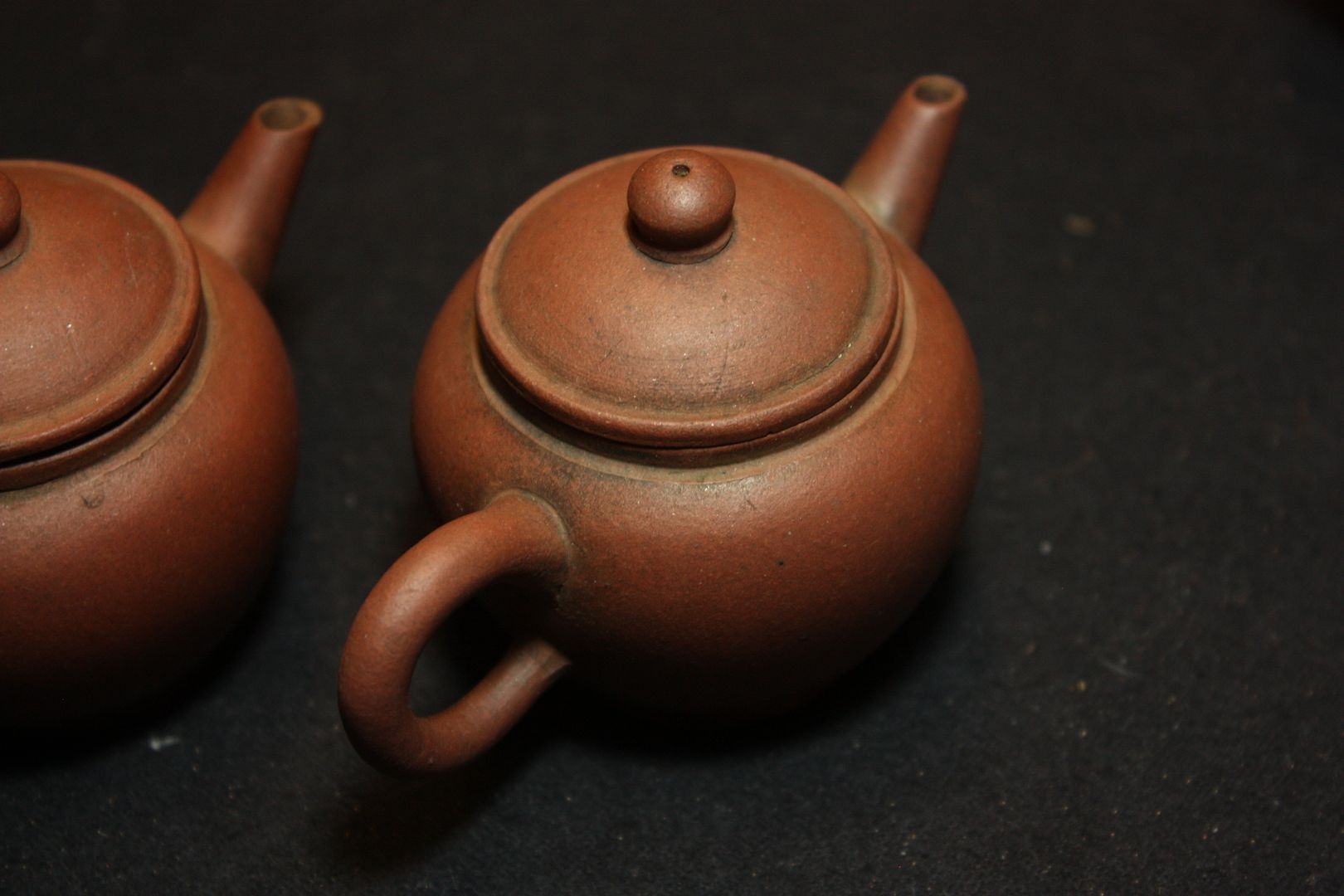
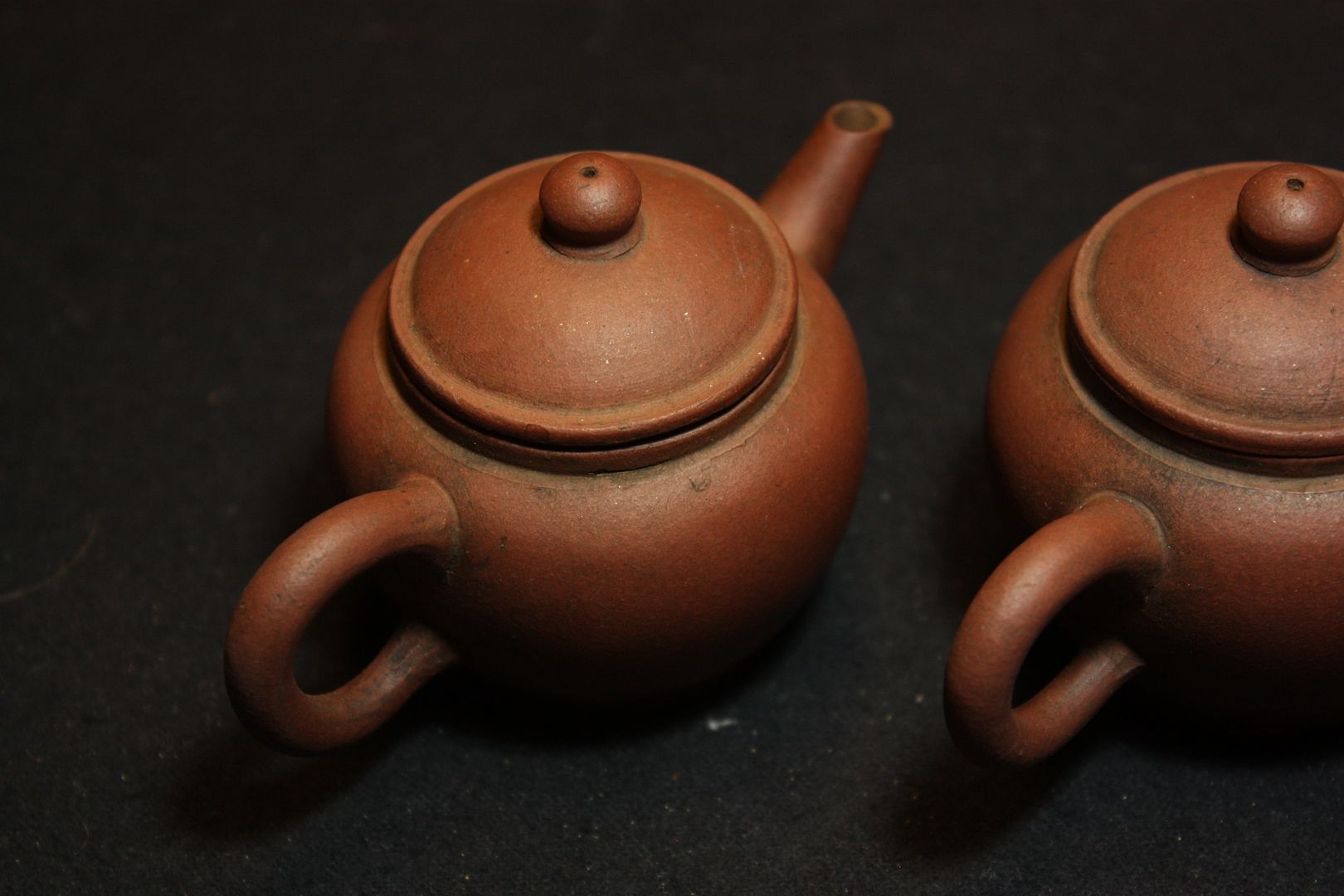
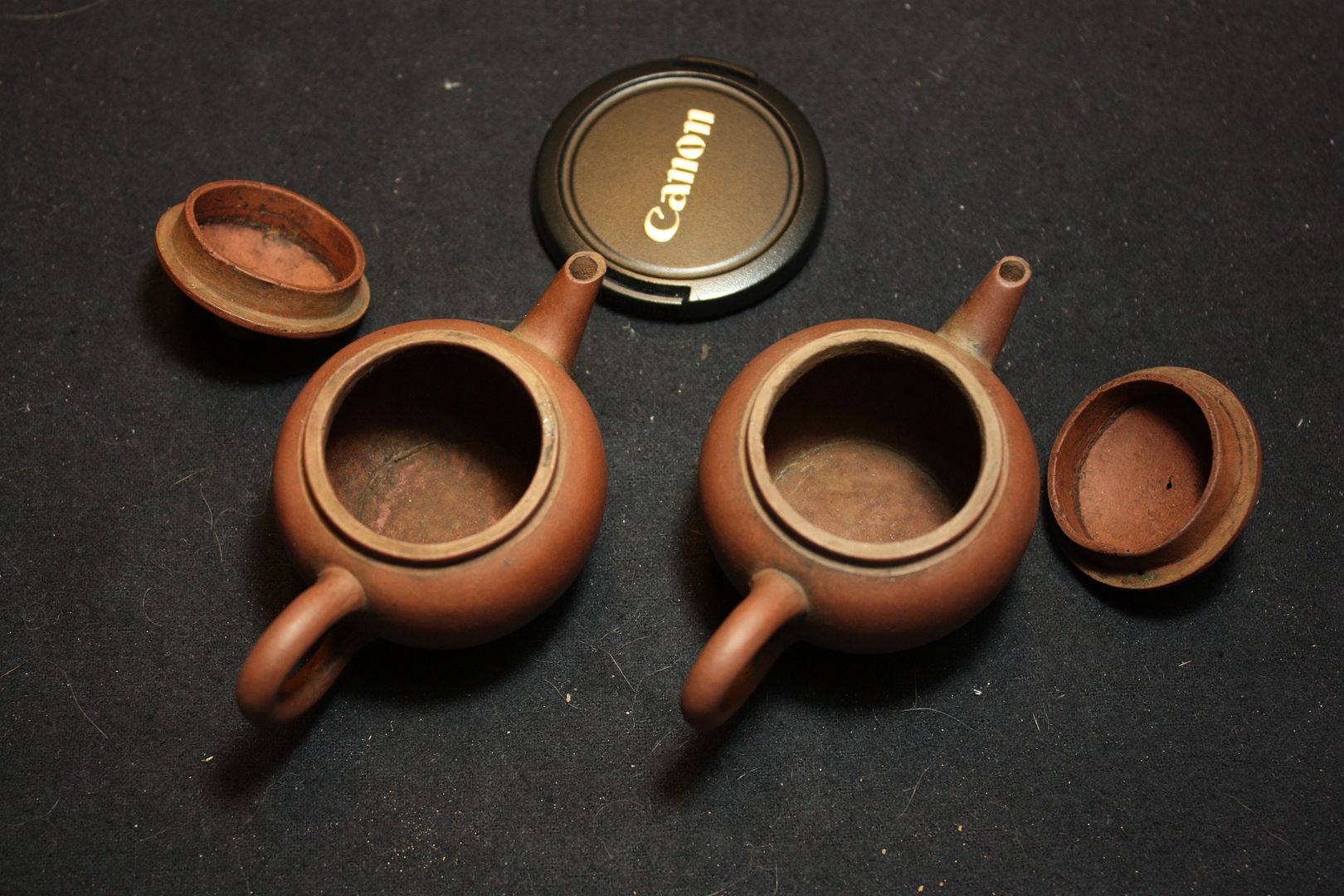
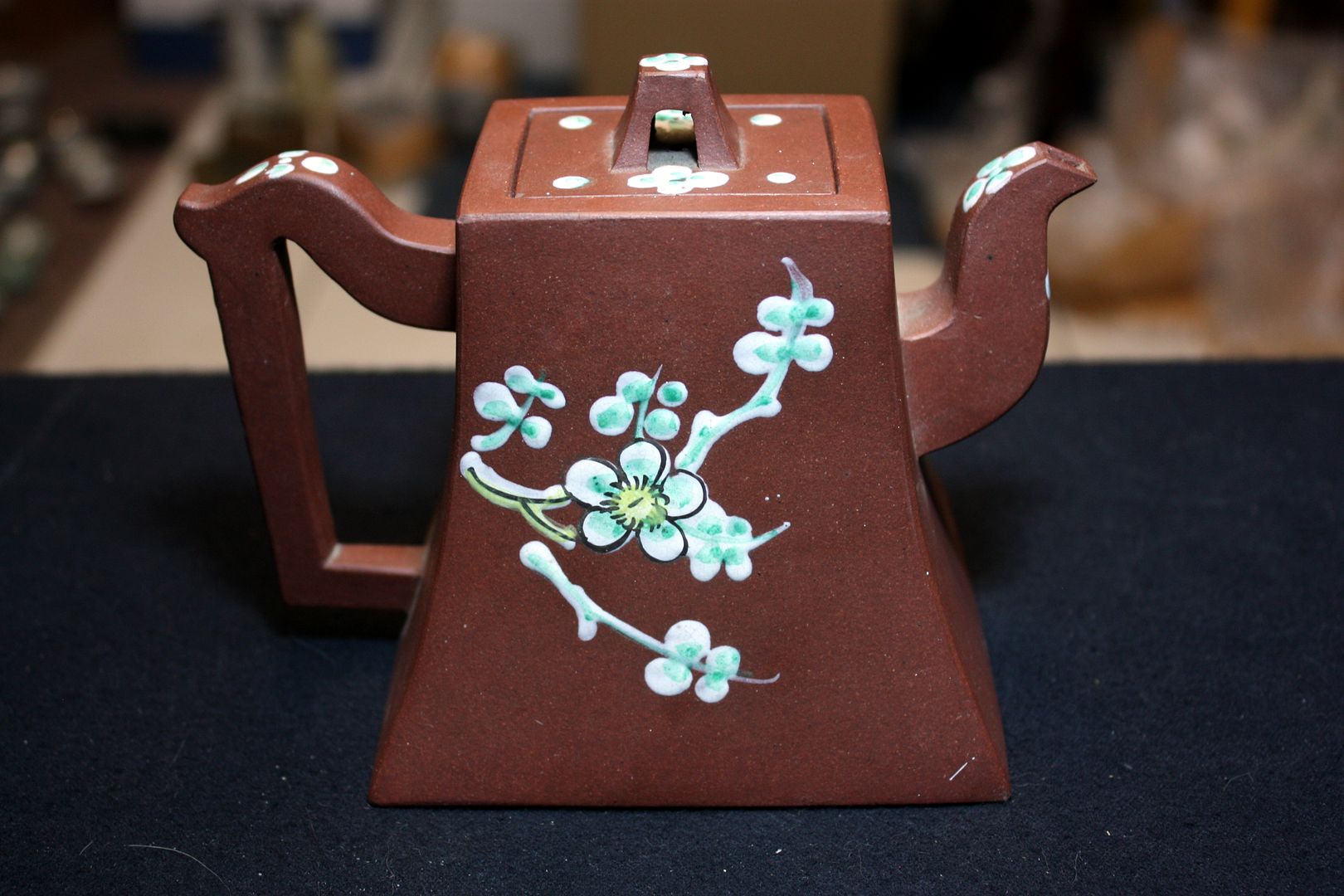
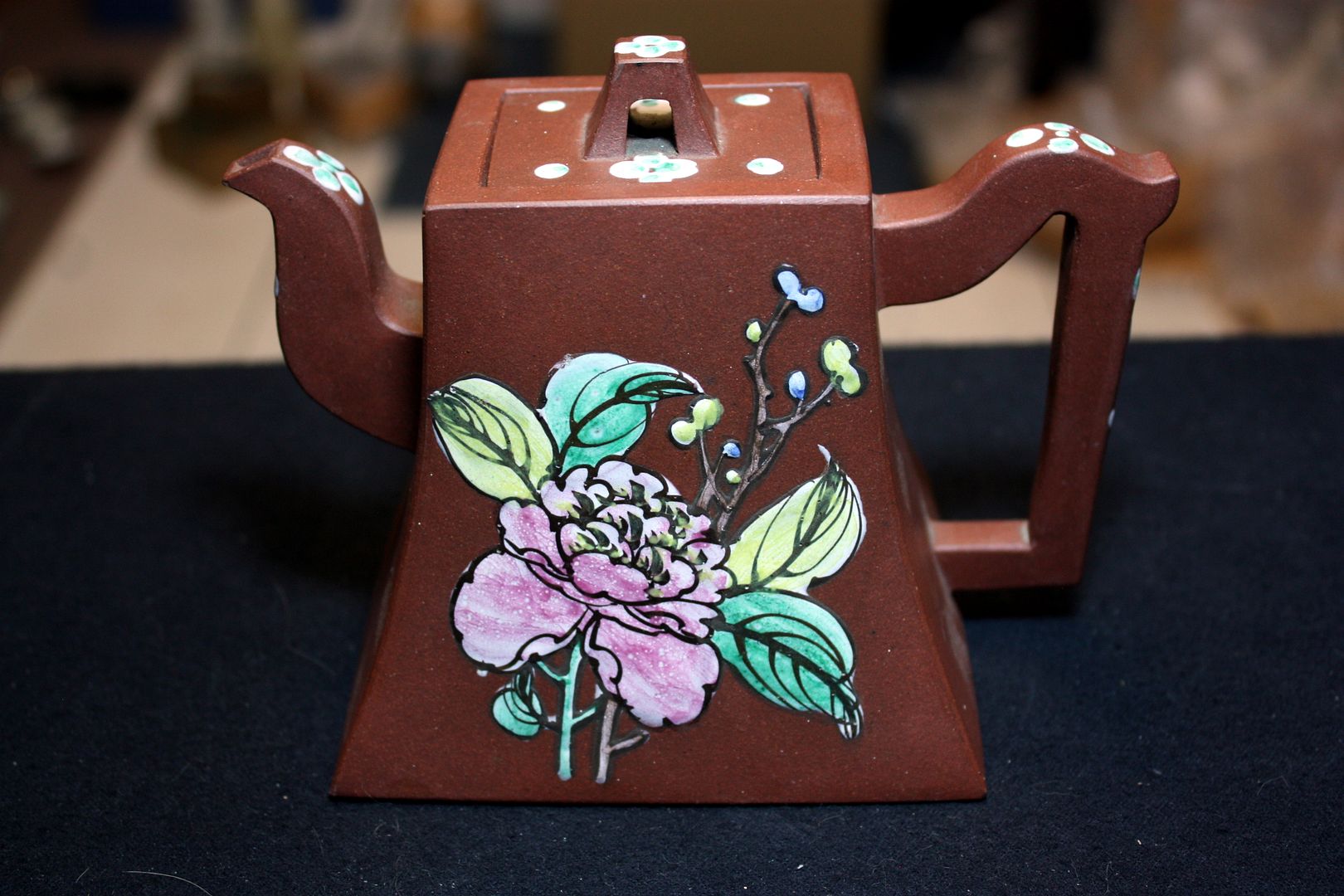
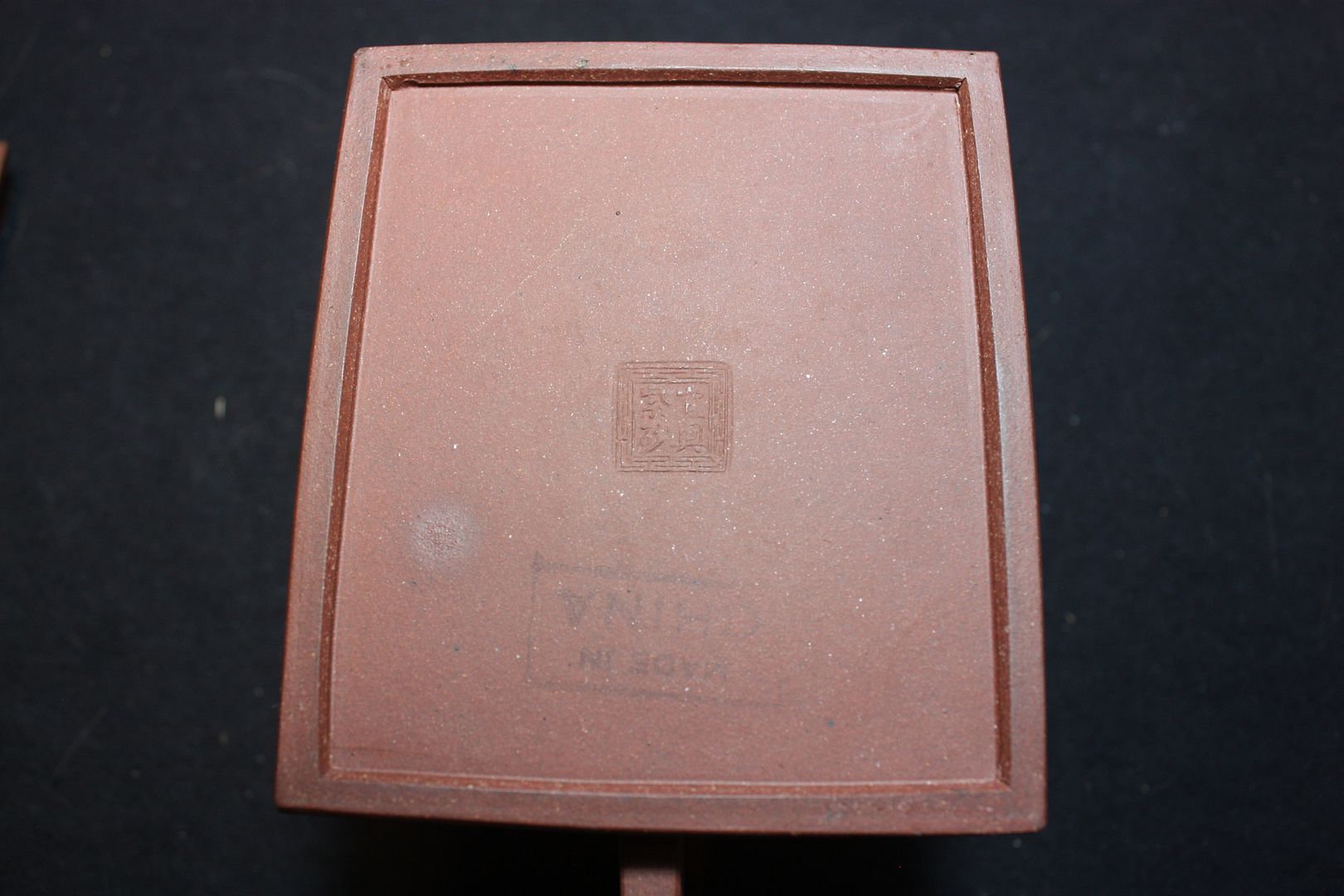
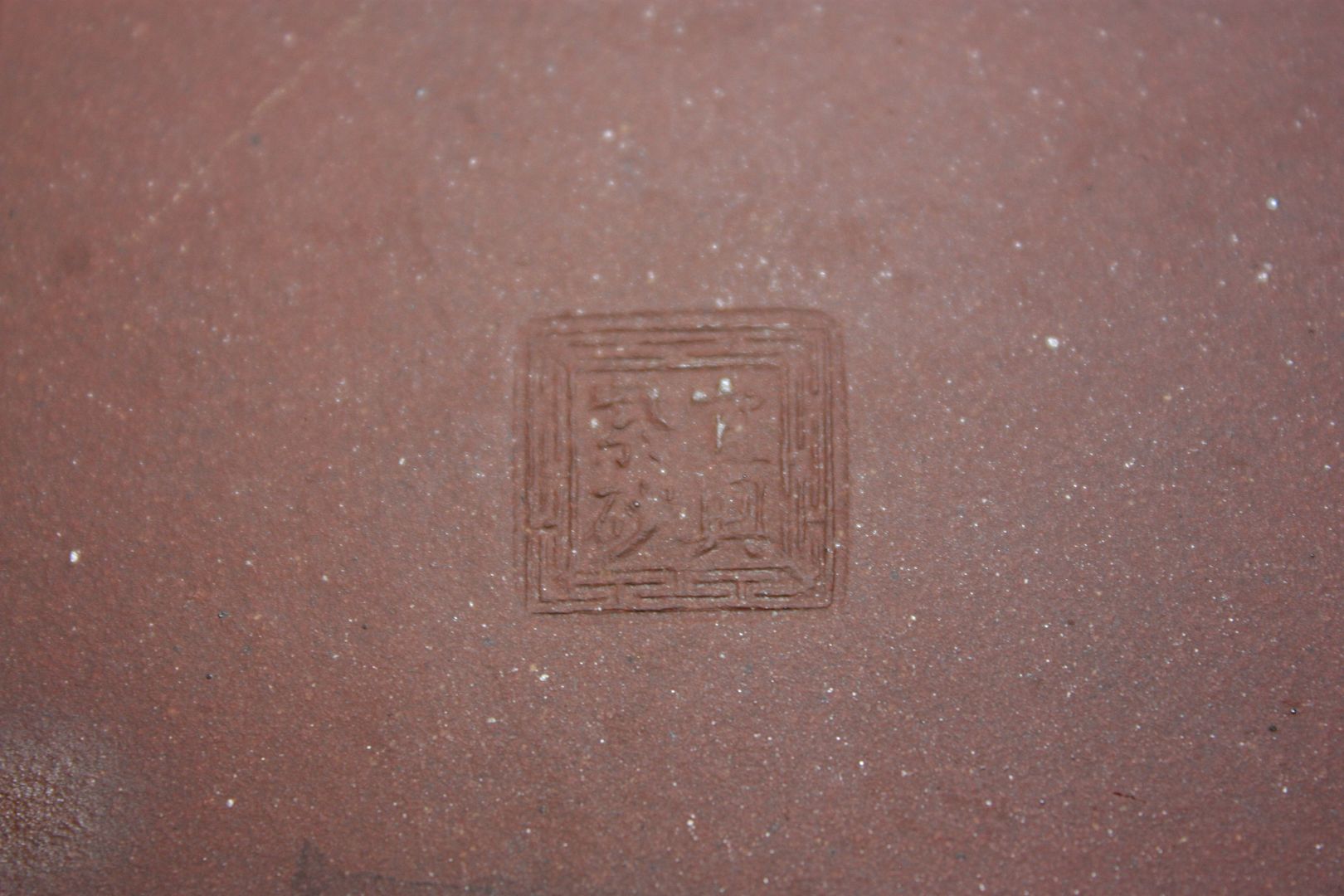
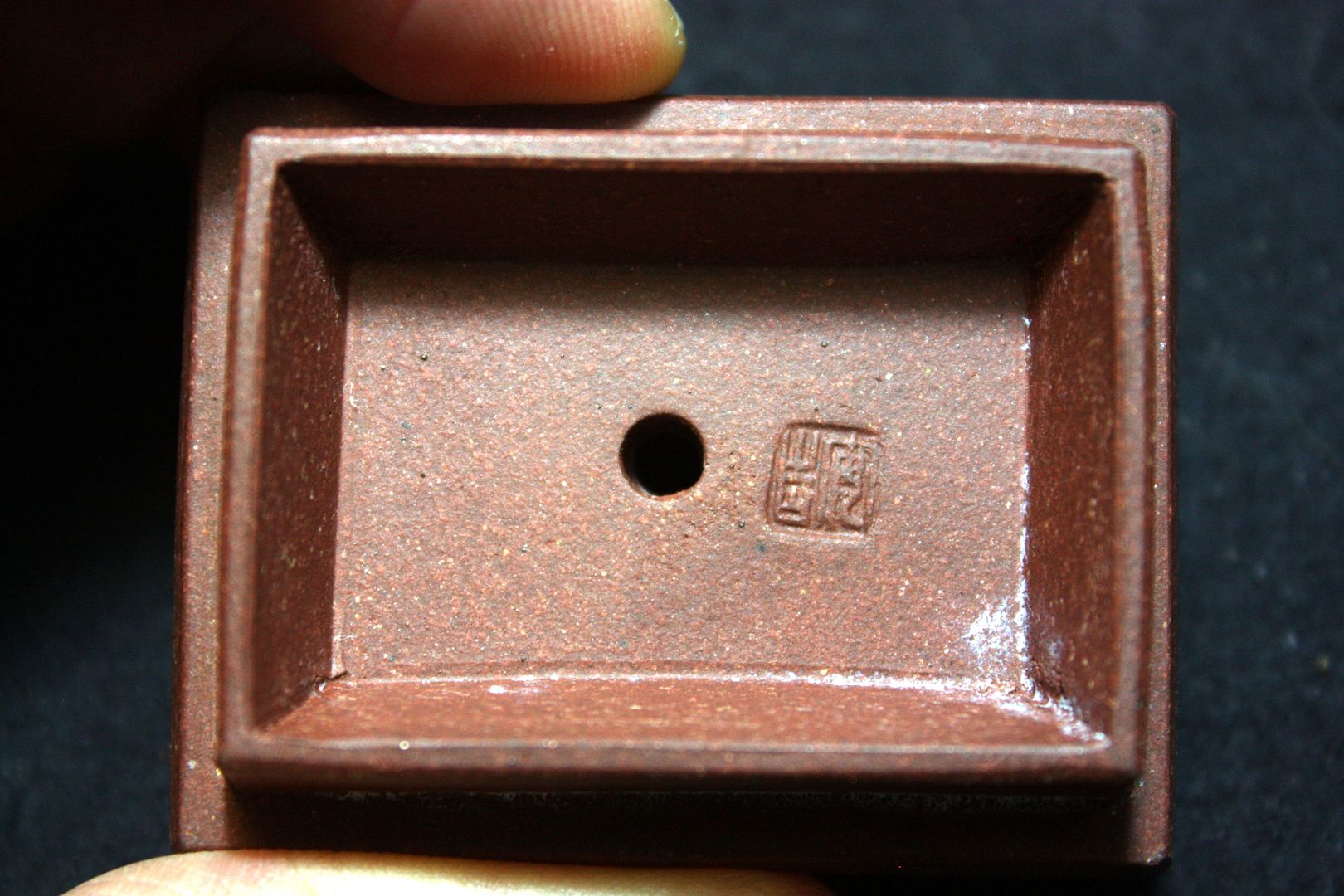




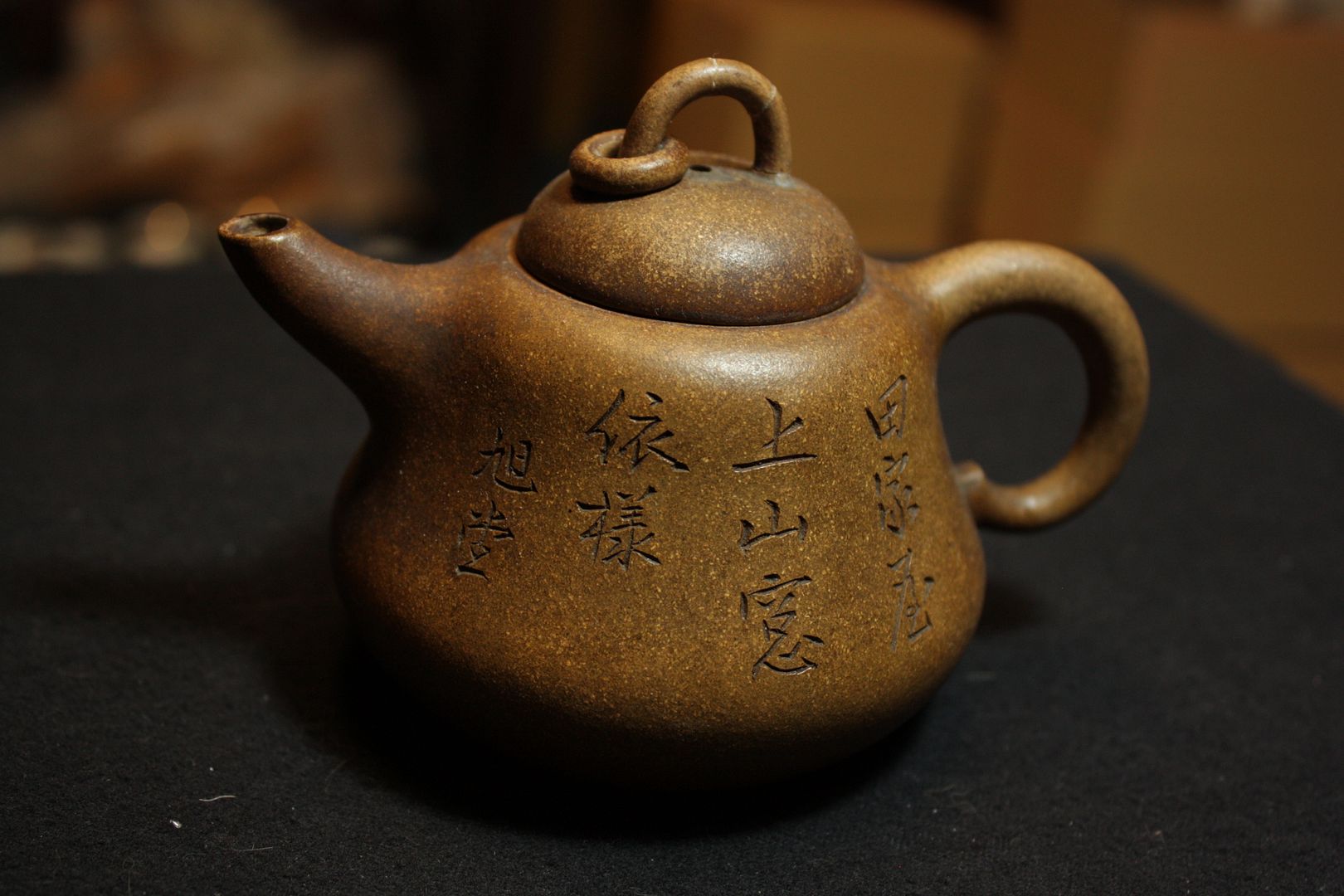
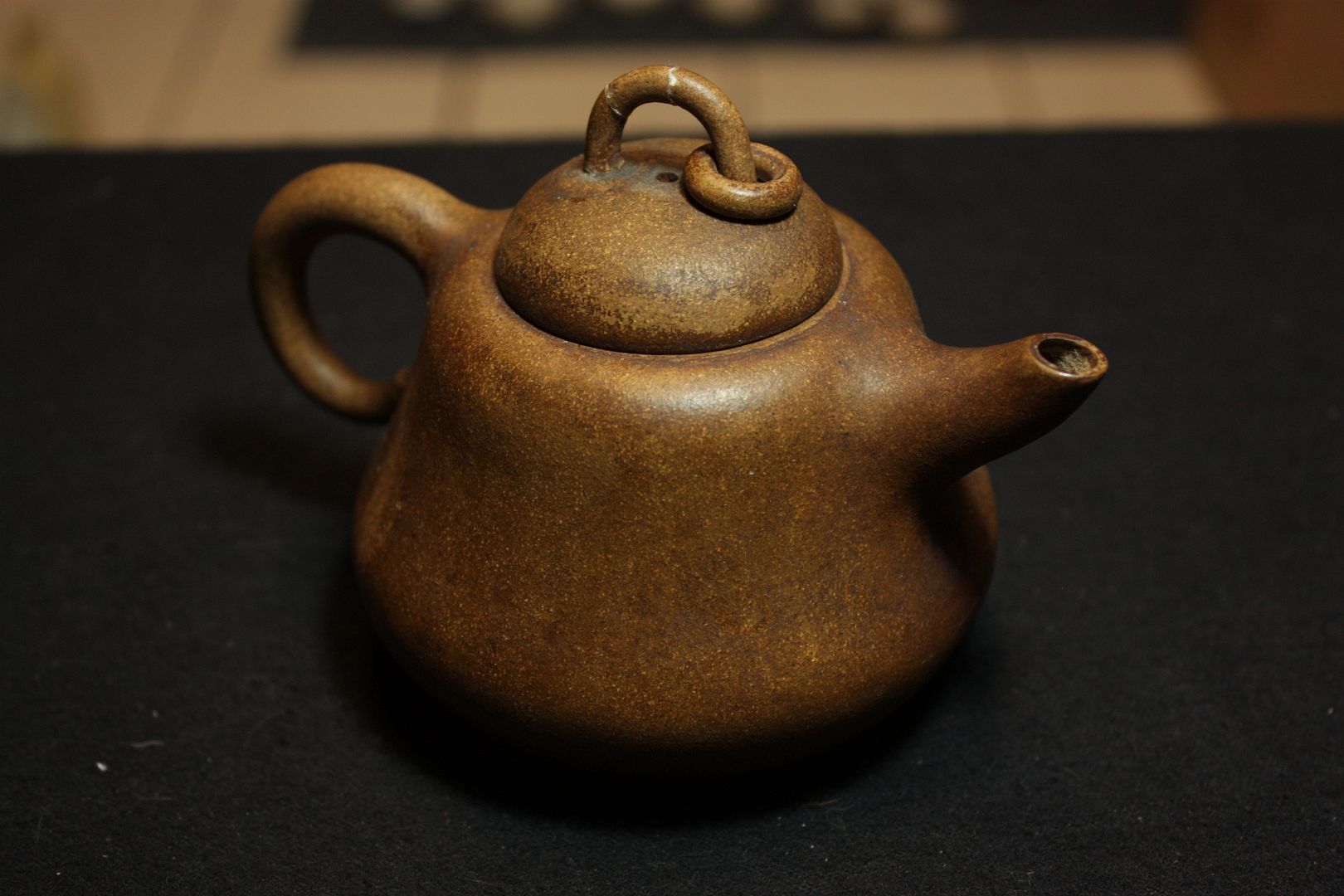
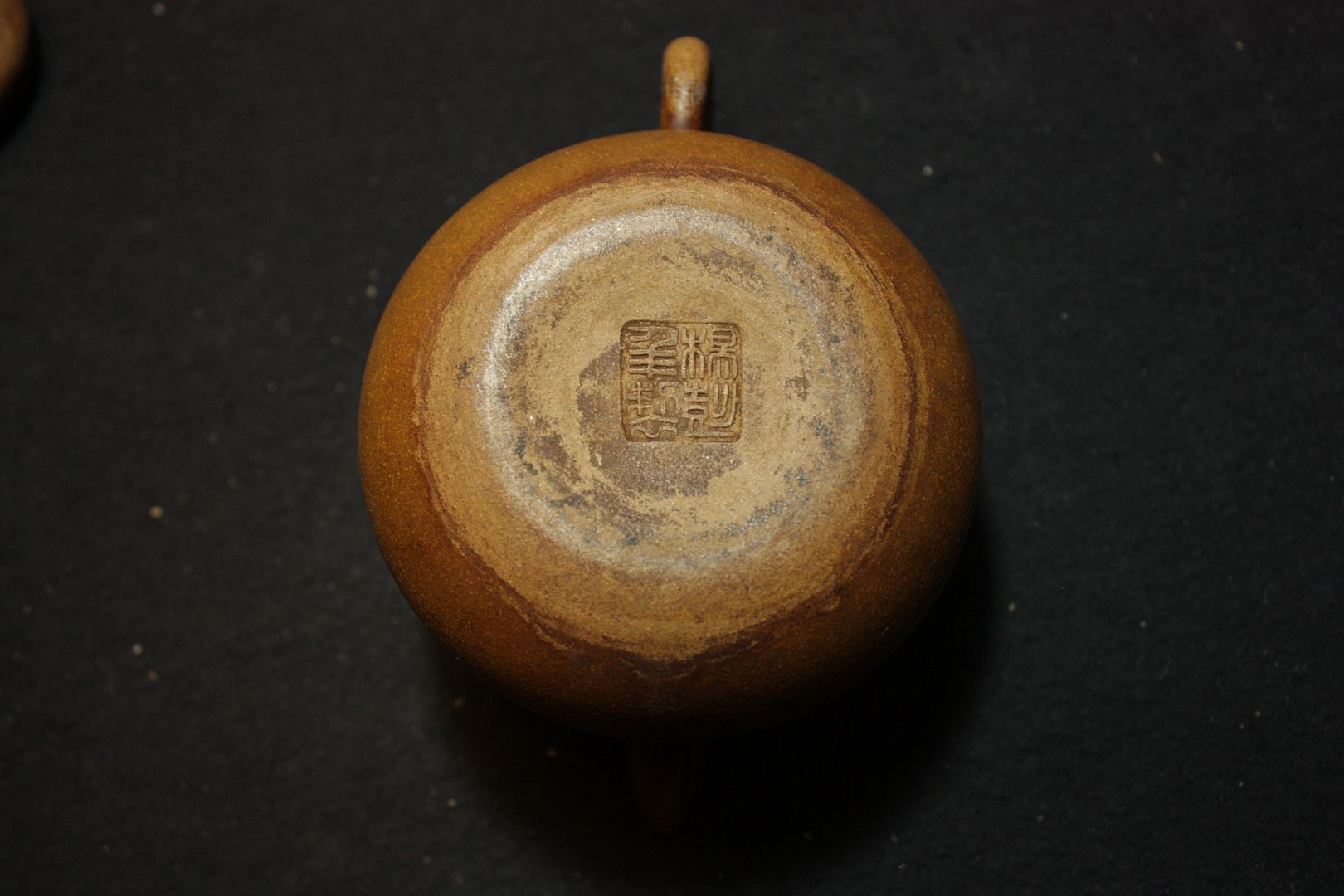
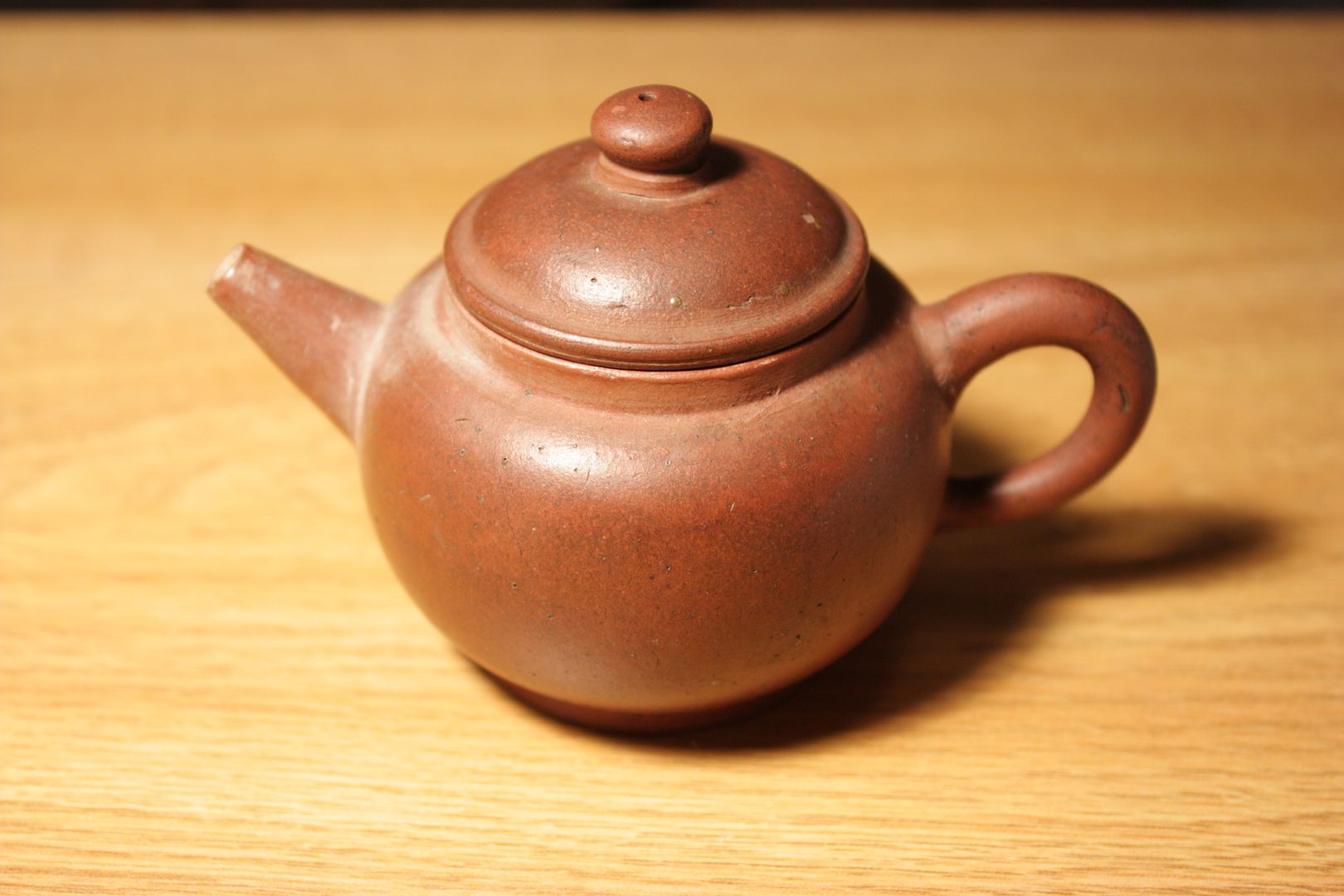
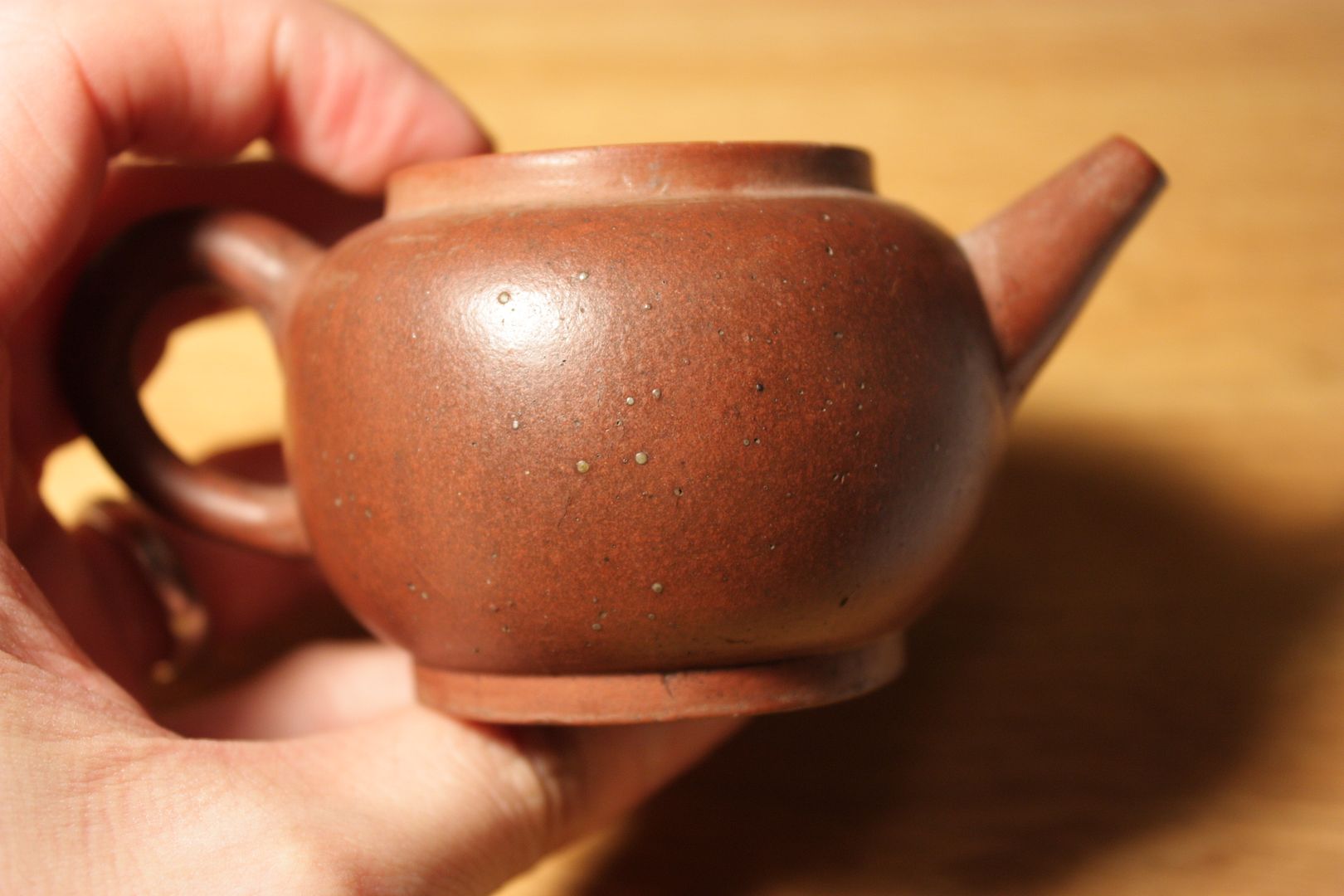
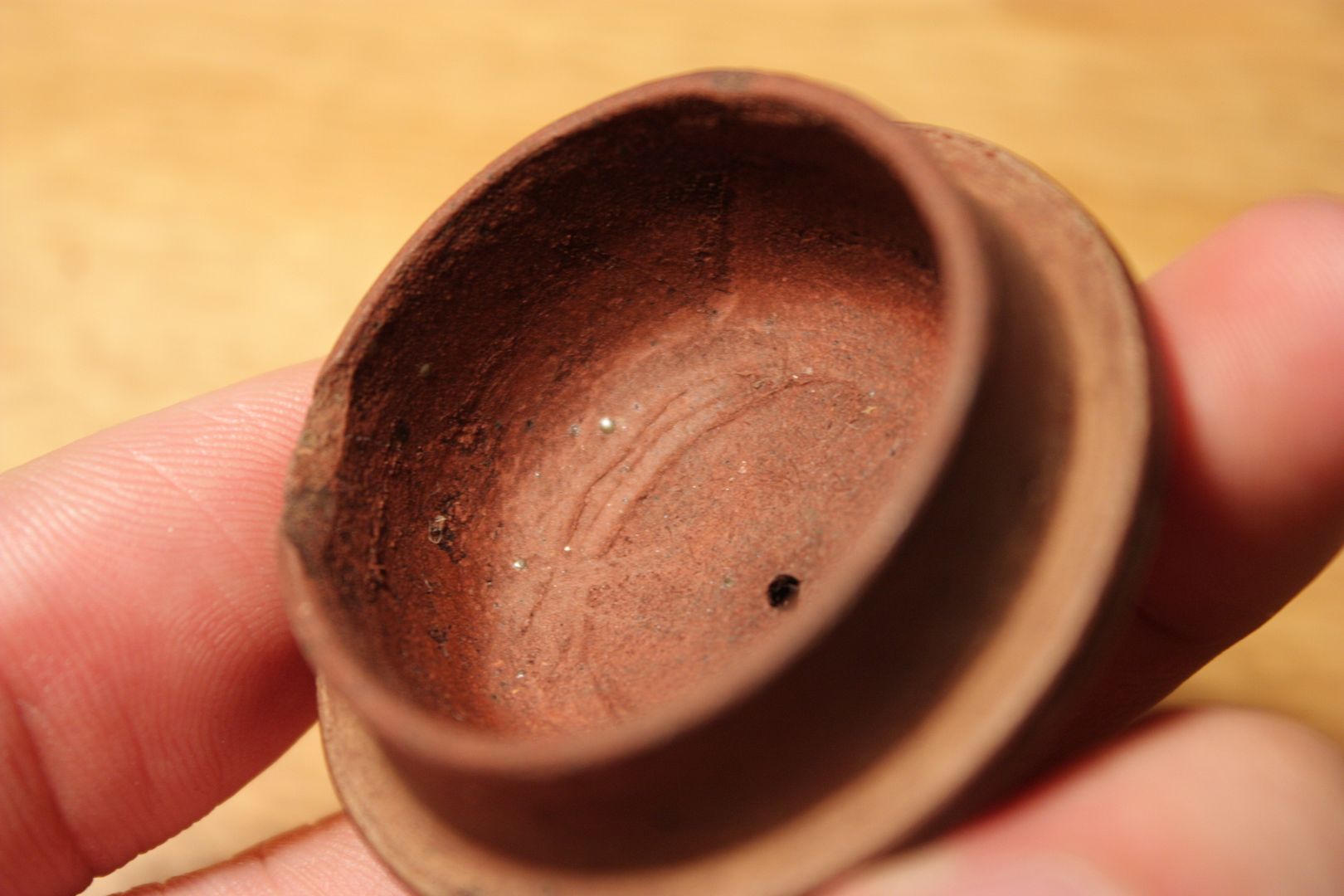
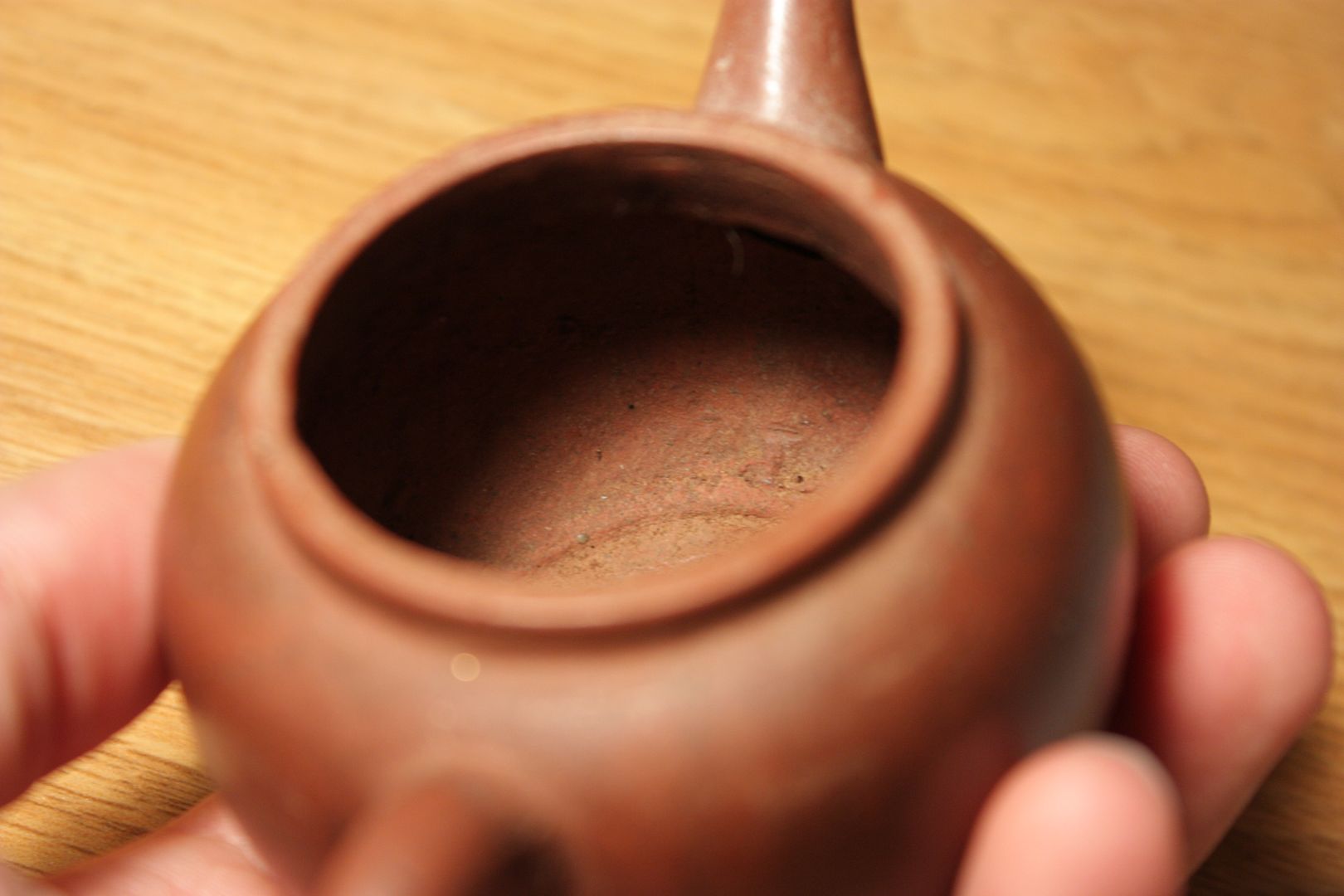
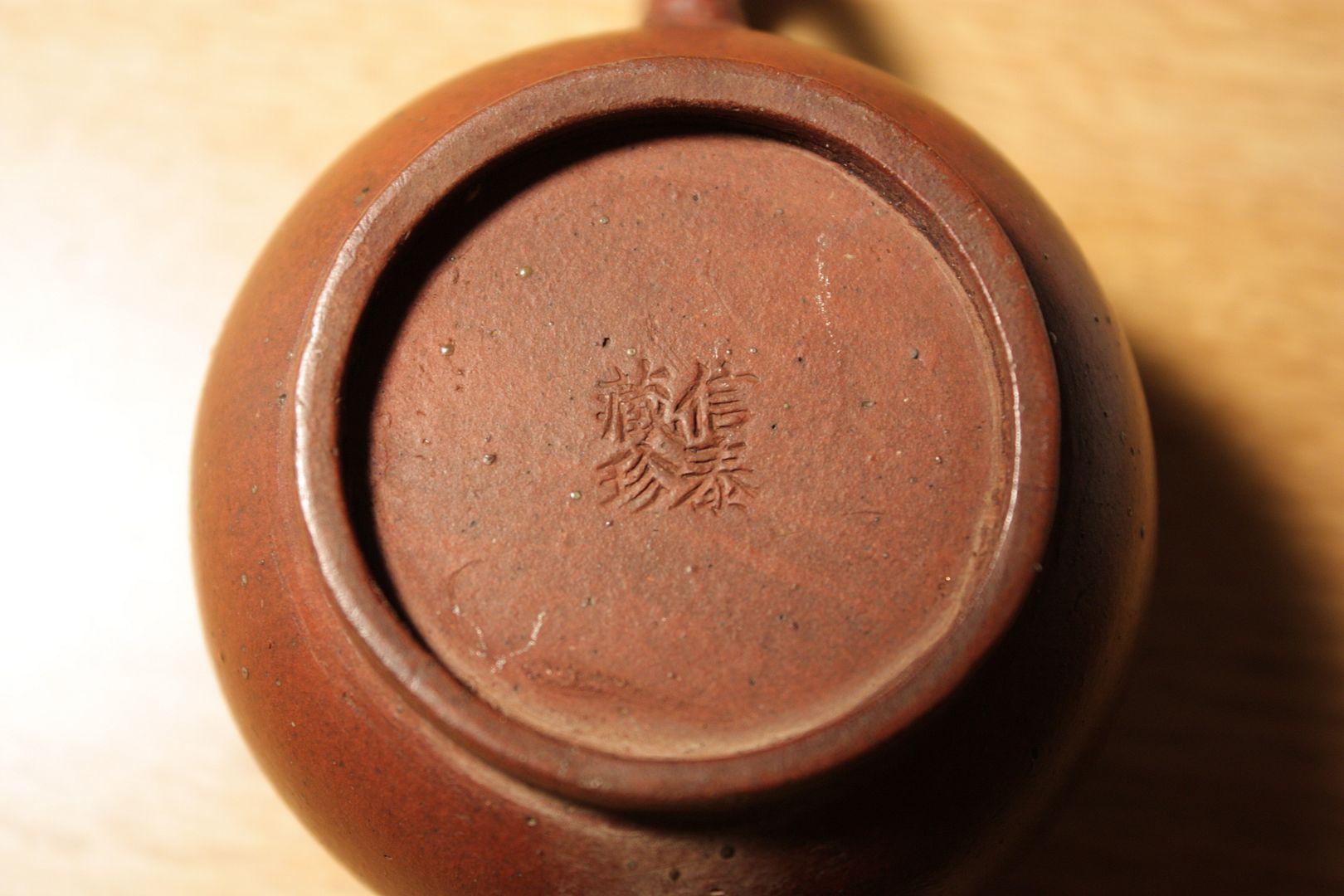

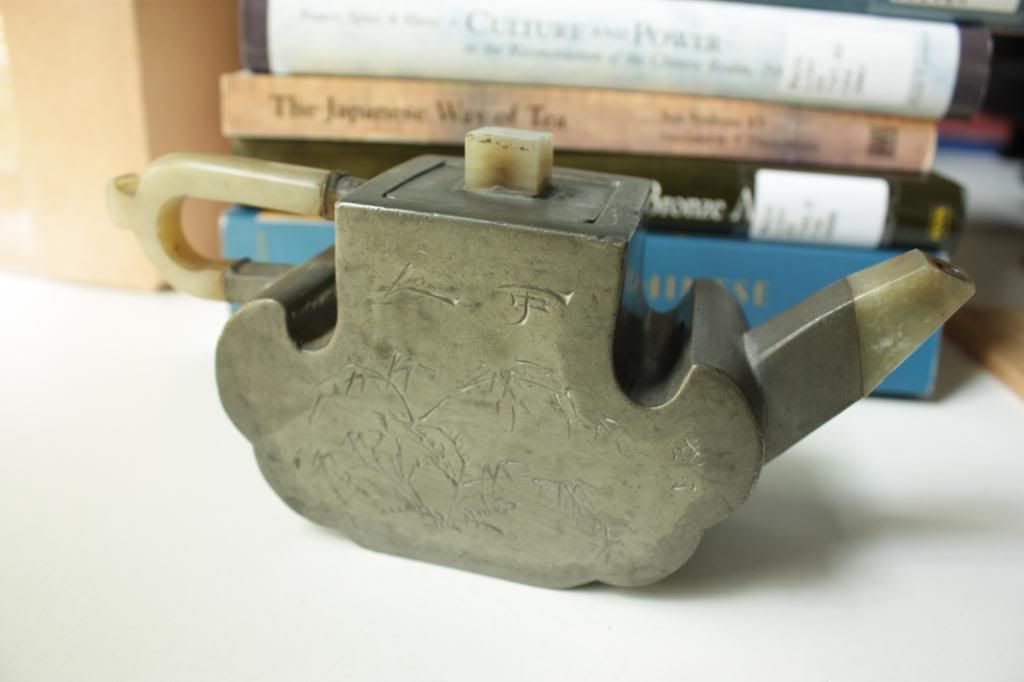
 RSS - Posts
RSS - Posts
I took you at your suggestion and have been reading some of your old post-Covid posts. I haven’t been to…